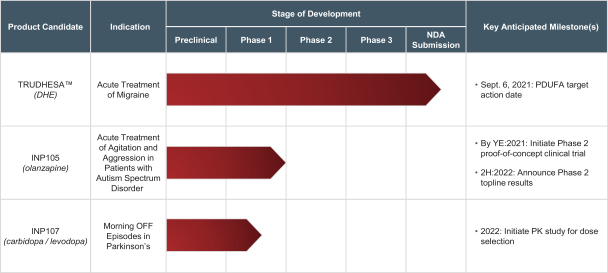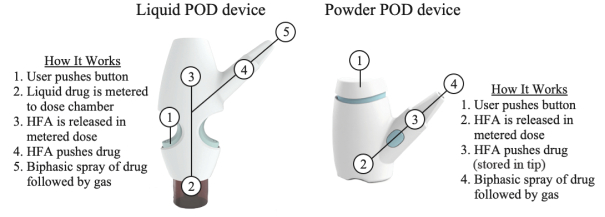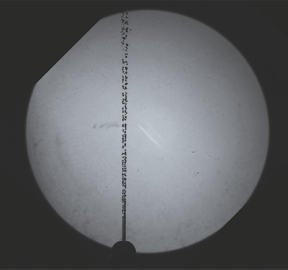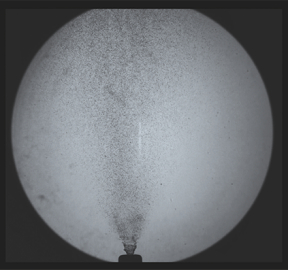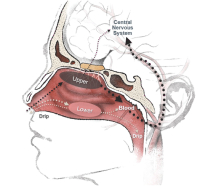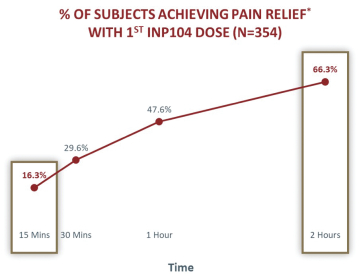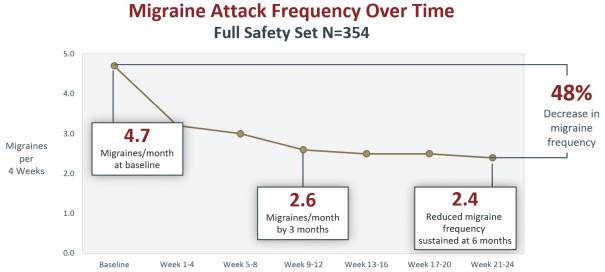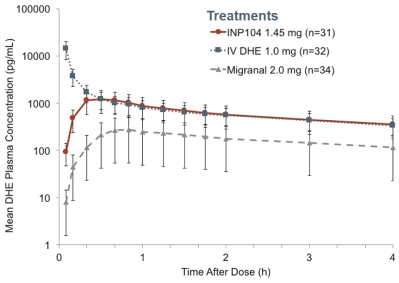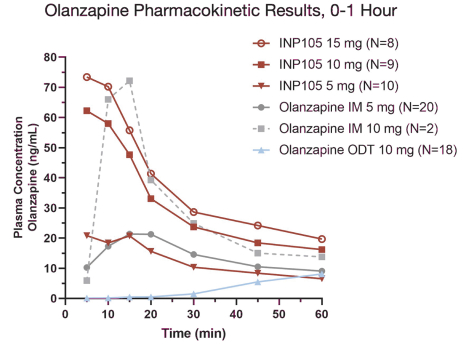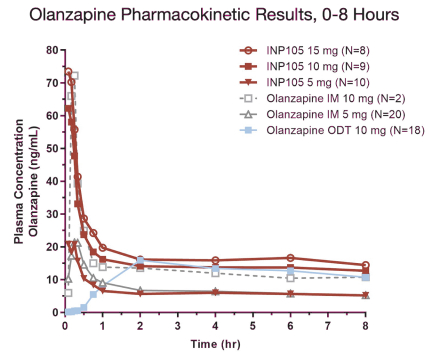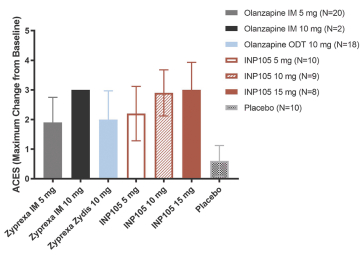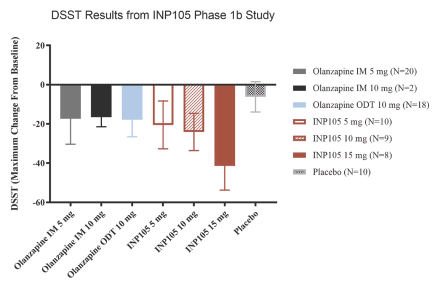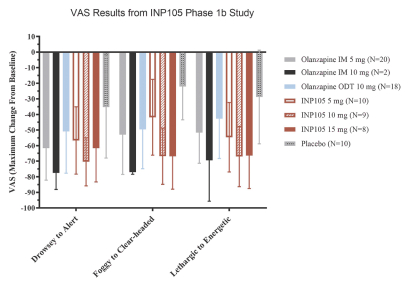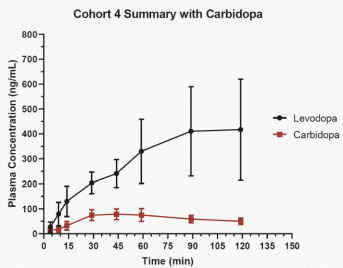third parties of their purported intellectual property rights; and to operate without the unauthorized infringement on the valid and enforceable patents and other proprietary rights of third parties.
We believe that we have a strong global intellectual property position relating to our POD device and product candidates. Our patent portfolio as of December 31, 2020 contained four U.S. issued patents and 21 patents issued in ex-U.S. jurisdictions including Australia, Canada, China, Switzerland, Germany, France, Great Britain, Japan, and Russia and 16 U.S. pending applications as well as 55 patent applications pending in ex-U.S. jurisdictions including Australia, Brazil, Canada, China, Europe, Hong Kong, Israel, India, Japan, Korea, Mexico, New Zealand, Russia, South Africa and three pending international patent applications owned solely by us.
Our TRUDHESA product candidate is covered by five patent families: three of the families include claims relating to the POD device used for delivery of DHE to the upper nasal cavity; the other two families include claims relating to methods of delivering DHE to the upper nasal cavity. As of December 31, 2020, from the three device patent families, three U.S. patents have issued, 17 patents have issued in ex-US jurisdictions including Australia, China, Switzerland, Germany, France, Great Britain, Japan, and Russia, and 28 applications were pending in the U.S., Australia, Brazil, Canada, China, Europe, Hong Kong, Israel, India, Japan, Korea, Mexico, New Zealand, and South Africa. Upon FDA approval, we intend to list the issued U.S. patents on the FDA Orange Book. As of December 31, 2020, from the two method of use patent families, three applications were pending in the U.S., and nine applications were pending in ex-U.S. jurisdictions including Australia, Brazil, Canada, China, Europe, India, Japan, Korea, and Russia. Our issued patents, and any patents that may issue from our pending patent applications, are expected to expire between 2032 and 2039, absent any patent term adjustments or extensions.
Our INP105 product candidate is covered by three patent families: two of the families include claims relating to the POD device used for delivery of olanzapine to the upper nasal cavity; one patent family includes composition of matter claims covering our dry powder formulation and claims directed to methods of delivering olanzapine to the upper nasal cavity. As of December 31, 2020, from the two device patent families, two U.S. patents have issued, ten patents have issued in ex-US jurisdictions including Australia, China, Switzerland, Germany, France, Great Britain, Japan, and Russia, and six applications were pending in the U.S., Brazil, Canada, Europe, India, and a PCT international application. As of December 31, 2021, in the composition of matter and method of use patent family, nine applications were pending in the U.S. and ex-U.S. jurisdictions. Our issued patents, and any patents that may issue from our pending patent applications, are expected to expire between 2032 and 2039, absent any patent term adjustments or extensions.
Our INP107 product candidate is covered by three patent families: two of the families include claims relating to the POD device used for delivery of a combination of levodopa and carbidopa to the upper nasal cavity; one patent family includes composition of matter claims covering our dry powder formulation and claims directed to methods of delivering a levodopa/carbidopa combination to the upper nasal cavity. As of December 31, 2020, from the two device patent families, two U.S. patents have issued, ten patents have issued in ex-US jurisdictions including Australia, China, Switzerland, Germany, France, Great Britain, Japan, and Russia, and six applications were pending in the U.S., Brazil, Canada, Europe, India, and a patent cooperation treaty, or PCT, international application. As of December 31, 2020, one application was pending in the U.S. in the composition of matter and method of use patent family and one PCT international application was pending. Our issued patents, and any patents that may issue from our pending patent applications, are expected to expire between 2032 and 2039, absent any patent term adjustments or extensions.
In addition, we have exclusively licensed a patent portfolio that as of December 31, 2020 contained two U.S. issued patents and nine patents issued in ex-U.S. jurisdictions including Canada, Italy, Great
117

